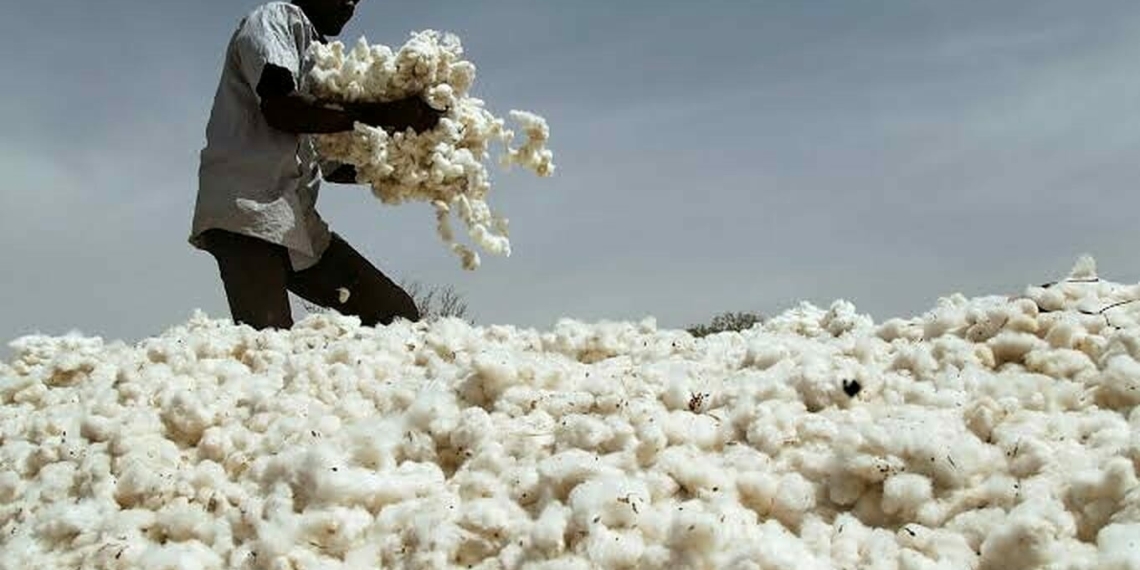Cotton prices soar to highest level in Adamawa
By Muhammad Adam
Cotton prices increases in Adamawa due to growing demand of the commodity.
A check by the News Agency of Nigeria (NAN) in Yola on Wednesday showed that prices skyrocketed to over 50 per cent in the past 12 months amid low supply.
Prices showed sprawling increase since the drastic drop in production witnessed during the previous farming season owing to high input costs and logistics snarls coupled with rising demand.
One kilogramme of cotton was sold at N300 as against its previous prices of N180, while a tonne of the commodity costs over N300,000.
A cross section of the farmers attributed the hike in the prices to low supply occasioned by low yields recorded at harvest.
Alhaji Musa Baruwo, a cotton grower in Yola, said that few farmers were now cultivating the cash crop due to exorbitant prices of inputs.
Baruwo identified lack of incentives, poor inputs and activities of middle men as some of the challenges affecting cotton production in the state.
“Presently, farmers are planting local variety seeds producing low yields and expose them to losses,” he said, adding that provision of improved seeds, enhance farmer access to extension services and agricultural financing would encourage cotton production.
A cotton farmer in Demsa, David Ibrahim, blamed cotton marketers for the unilateral hike in prices.
Ibrahim said that cotton farmers were at the mercy of the middle men who had monopoly over the prices and exploit farmers.
“Lack of modern techniques, farmer enterprising skill and poor market condition are factors affecting cotton farmers in the state.
“Adamawa is fertile land suitable for cotton production, however, middle men mopped up the crop at lower prices at harvest, thereby exposing farmers to losses,” Ibrahim said.
The farmer advocated for proactive measures to regulate prices and check activities of the middle men.
Another farmer, Mr Usman Yaki also called for the inclusion of genuine farmers in the National Cotton Revival Programme, to accelerate production to meet local demand and export.

















Discussion about this post